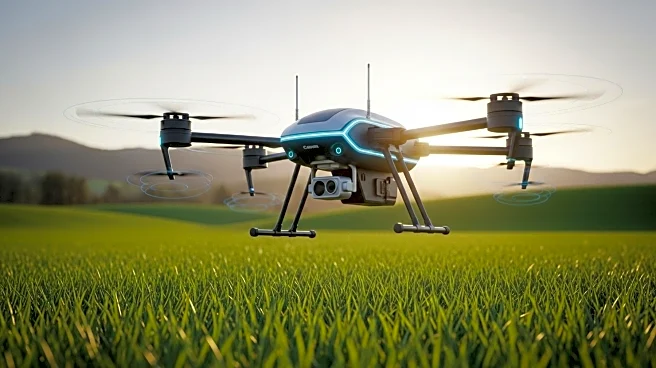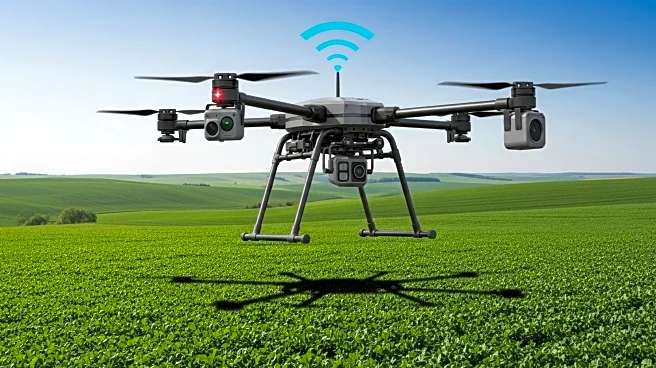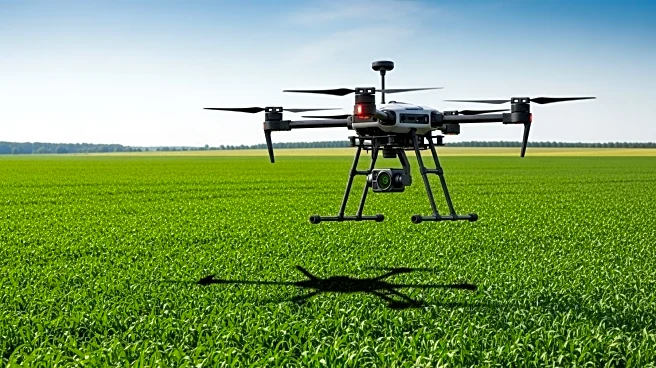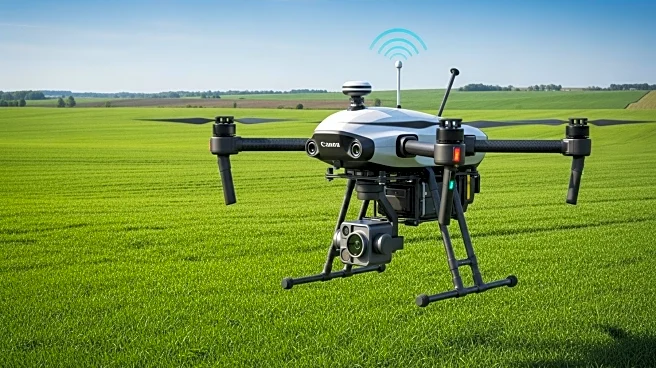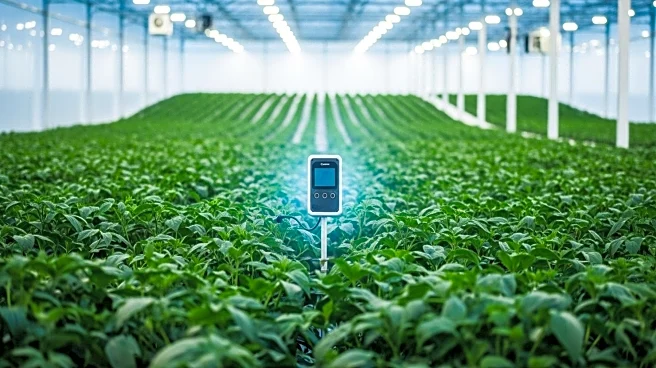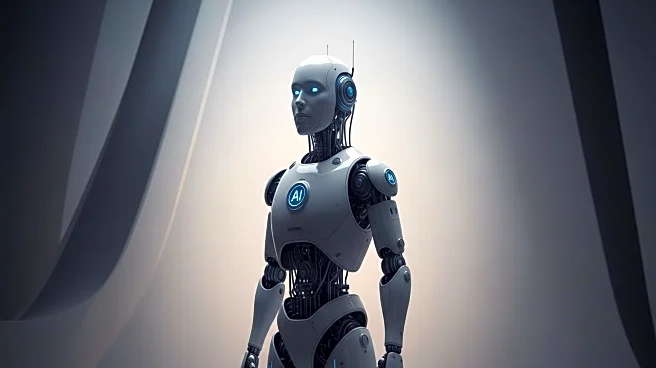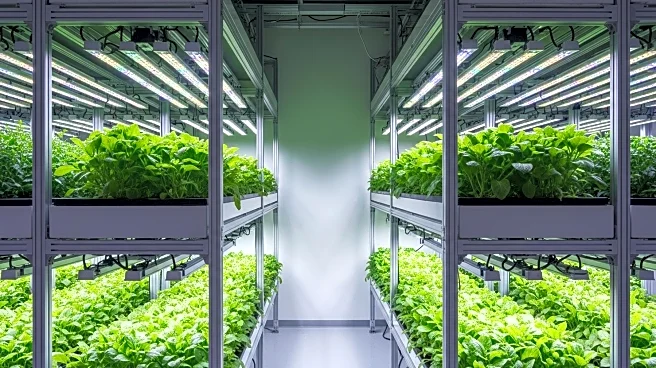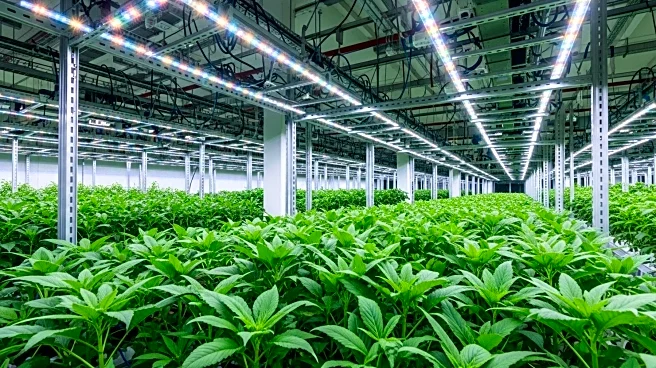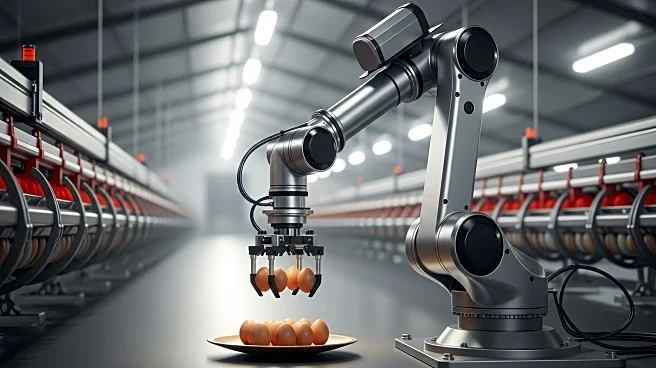What's Happening?
The AI in Agriculture market in the United States is projected to experience significant growth, with market size expected to reach $15,901.36 million by 2032. Key players such as Microsoft, IBM, and Granular Inc. are driving advancements in AI technologies for farming, including precision farming, crop monitoring, and predictive analytics. Recent developments include AI-powered crop monitoring systems and autonomous drones for pesticide application. These innovations aim to enhance productivity, efficiency, and sustainability in agriculture, addressing challenges such as resource optimization and pest management.
Why It's Important?
The growth of AI in agriculture represents a transformative shift in the industry, offering solutions to longstanding challenges such as labor shortages and resource management. By leveraging AI technologies, the agricultural sector can improve yield quality, reduce operational costs, and make data-driven decisions, potentially increasing competitiveness and sustainability. This development is crucial for the U.S. economy, as agriculture plays a vital role in food production and export markets, impacting both domestic and global food security.
What's Next?
As AI technologies continue to advance, the agricultural sector is likely to see further innovations in areas such as autonomous machinery and AI-driven analytics. These developments could lead to increased adoption of AI solutions across farms of all sizes, enhancing productivity and sustainability. Stakeholders, including farmers, agribusinesses, and technology companies, will be monitoring these trends to capitalize on growth opportunities and address emerging challenges.
Beyond the Headlines
The integration of AI in agriculture raises ethical and environmental considerations, such as the impact on traditional farming practices and the potential for increased reliance on technology. Additionally, the use of AI in agriculture could lead to shifts in labor dynamics, as automation reduces the need for manual labor. These changes may require adjustments in workforce training and policy development to ensure equitable growth and sustainability.

